Report this entry
More from the same community-collection
El Paso Sheriff's Posse and the 2014 Walk-A-Mile Event
The El Paso Sheriff's Posse men support the Walk-A-Mile In her ...
El Paso Rocker - Rod Crosby - El Paso, Texas
Rod Crosby is an El Paso Border Legend. He has been playing in ...
Rick Kern's Vocal Show Band - Tapestry, with Guy Lombardo.
This picture was taken in Springfield, Ohio right after one of ...
Macadamia - El Paso, Texas Vocal Show Band
Meet El Pasoans. This group played at the Red Flame on Dyer in ...
The Basic Sound - El Paso Vocal Lounge Band
The group formed in 1968 with Gayle Hageman, Rick Kern, Dick ...
EPMH Volunteer and Staff giving out balloons
Lisa and Esther giving out balloons for the opening of Digie

















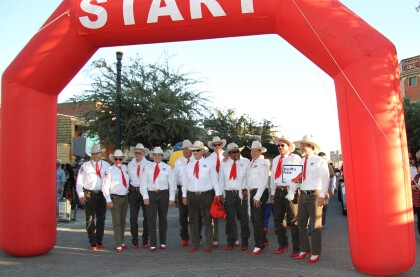
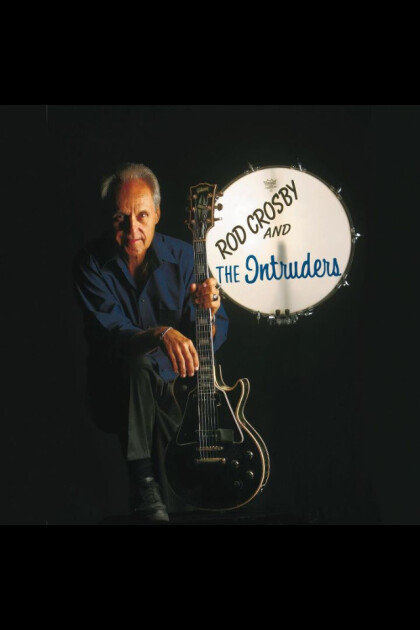
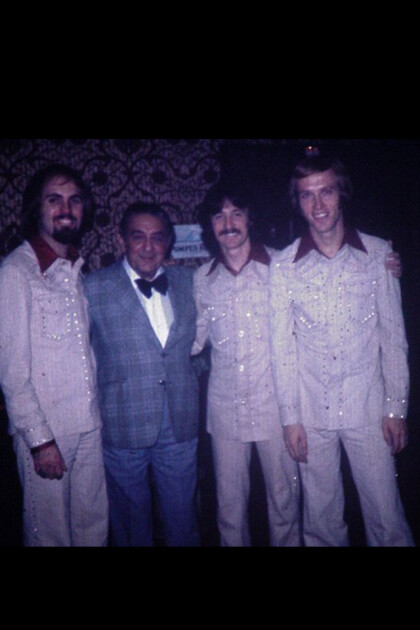
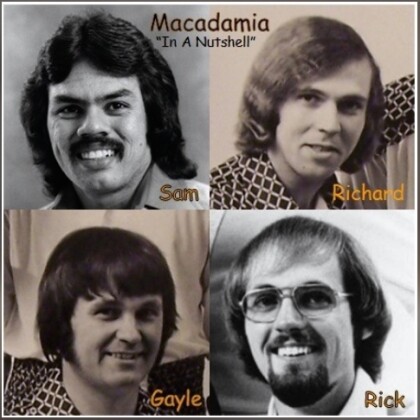
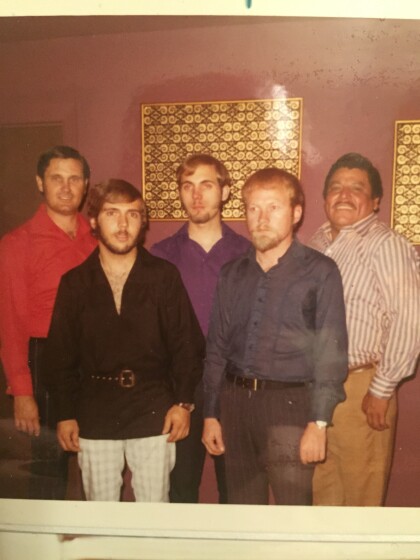

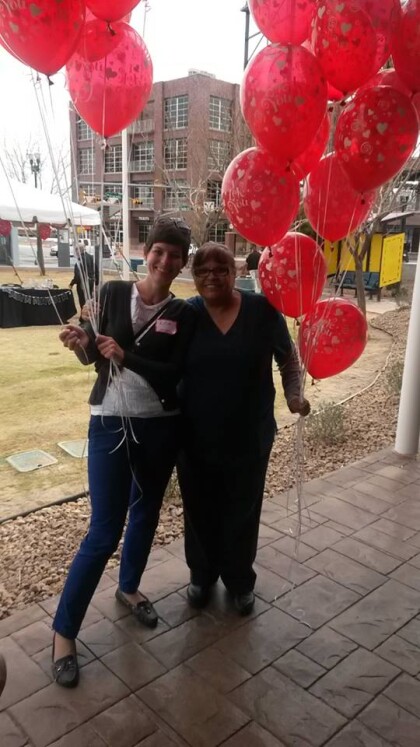
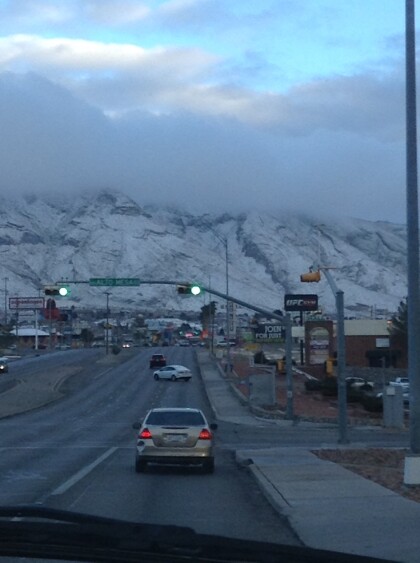



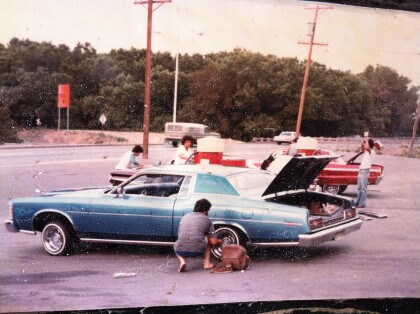
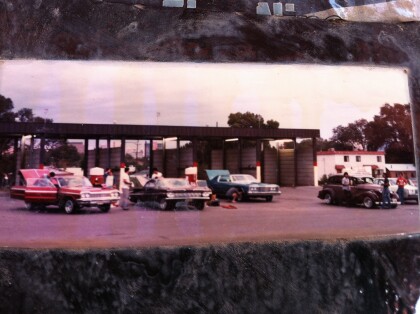




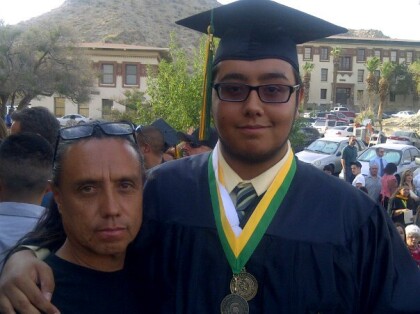

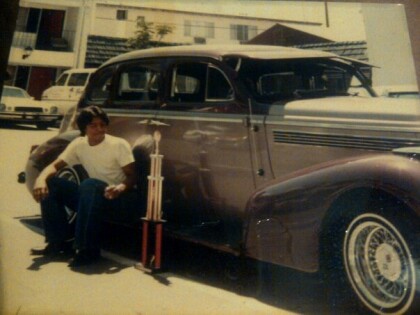
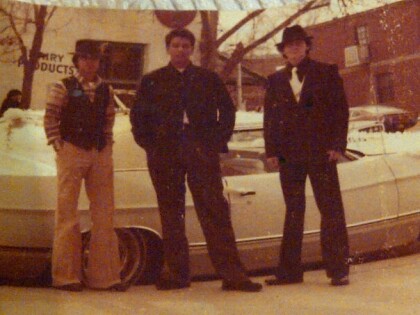
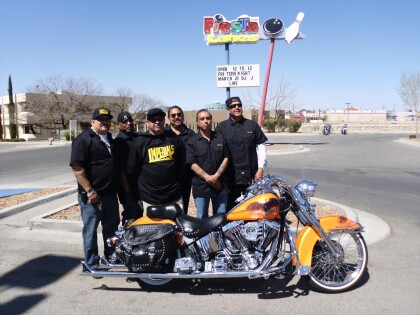

Comments
Add a comment